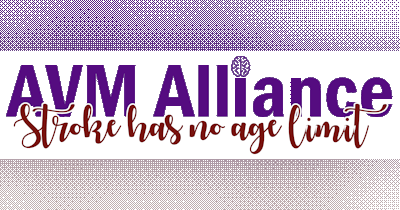Constraint-induced movement therapy (CIMT) is a therapeutic approach commonly used for both pediatric and adult patients who have experienced a stroke. In the context of pediatric stroke patients, CIMT aims to improve motor function and mobility in affected limbs, often focusing on the arm and hand.The main idea behind CIMT is to encourage and intensively train the use of the affected limb, while temporarily restraining or limiting the use of the unaffected limb. This process is designed to promote neuroplasticity, which is the brain's ability to reorganize and adapt after injury. By restricting the movement of the healthy limb, the brain is encouraged to rewire itself, dedicating more resources and attention to the affected limb.
Here's how CIMT generally works:
Restraint: The unaffected limb (typically the hand or arm) is placed in a cast, mitt, or some form of restraint to discourage its use. This forces the child to rely more on the affected limb for daily tasks.
Intensive training: During this period of restraint, the child participates in intensive and goal-oriented therapy sessions to practice using the affected limb. Therapists guide and encourage the child to perform various activities that challenge the affected limb's movement and coordination.
Positive reinforcement: Successes and progress are celebrated, providing positive reinforcement to encourage continued efforts.
Gradual reintroduction: After a set period of constraint, the unaffected limb is gradually reintroduced, maintaining the focus on using the affected limb as much as possible.
CIMT has shown promising results in promoting motor recovery and functional improvements, particularly in pediatric stroke patients. It requires a dedicated and structured approach, involving a multidisciplinary team of therapists, caregivers, and healthcare professionals. Each therapy plan is tailored to the child's unique needs and abilities, and the intensity and duration of therapy can vary.

















